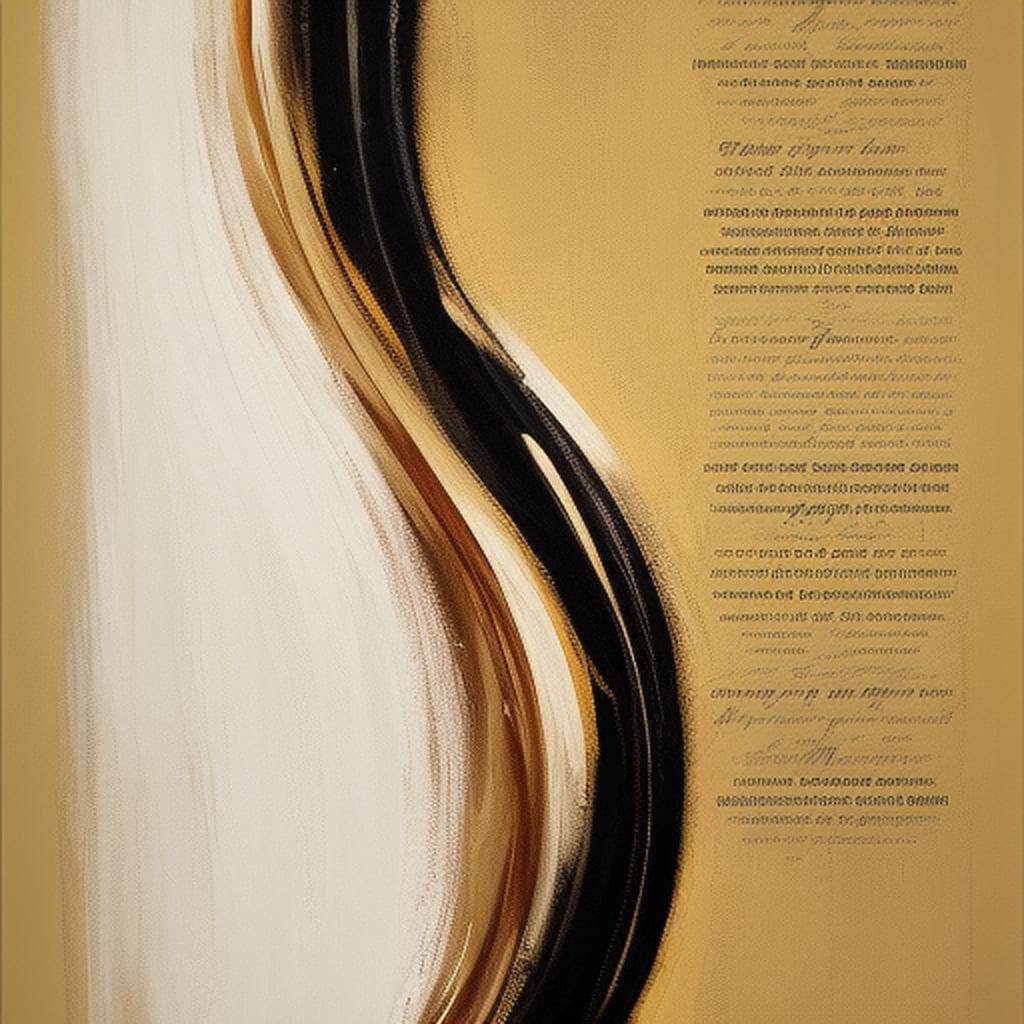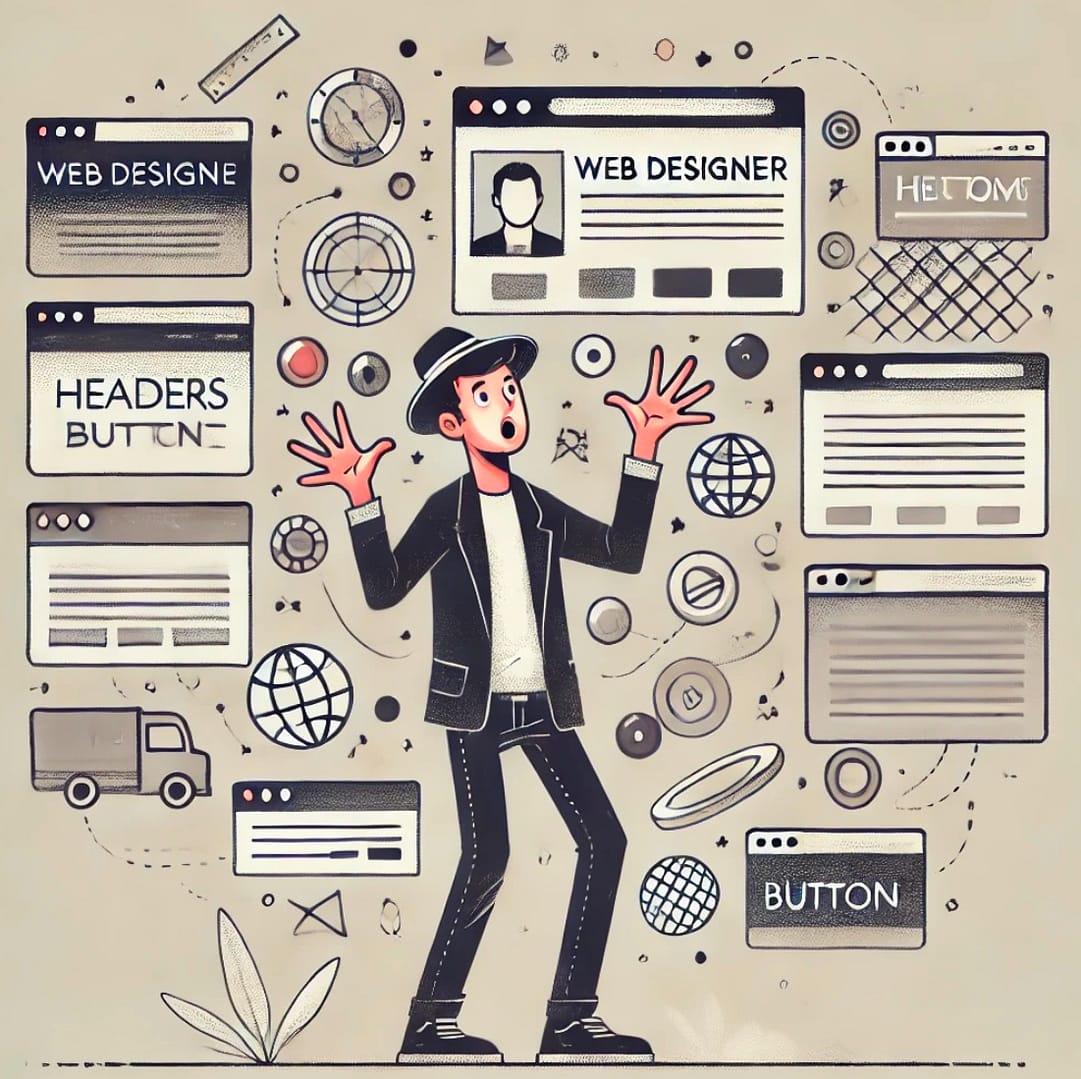
Enhancing Aesthetics and Legibility in Design
Understanding typography principles, font selection, and best practices for readability and visual hierarchy can greatly impact the overall aesthetics and legibility of your designs.
Typography is more than just selecting a font; it is an art form that significantly impacts the aesthetics and legibility of design. The careful consideration of typography principles, font selection, and best practices for readability and visual hierarchy can transform a design from ordinary to extraordinary. In this blog, we will explore the fascinating world of typography and delve into the key principles and practices that can elevate your designs to new levels of visual appeal and legibility.
Typography Principles
The Foundation of Effective Design
Typography principles form the bedrock of successful design. These principles include alignment, spacing, contrast, and consistency. Proper alignment ensures that text elements are positioned cohesively, providing a sense of order and professionalism. Thoughtful spacing between letters, words, and lines improves readability and allows the text to breathe. Contrast, achieved through variations in size, weight, and style, creates visual interest and enhances legibility. Consistency in typography choices establishes a unified look and feel throughout a design, creating a sense of harmony.
Font Selection
Conveying the Right Message
Selecting the right font is crucial in effectively conveying the desired message and evoking the appropriate emotions. Different fonts have distinct personalities and characteristics, ranging from elegant and sophisticated to bold and playful. Understanding the target audience and the message you wish to communicate will guide your font selection. Consider factors such as readability, appropriateness, and compatibility with the overall design. Experimenting with font pairings can also add depth and visual interest to your typographic compositions.
Readability
Ensuring Clear Communication
Readability is paramount when it comes to typography. Regardless of the design medium, ensuring that your text is easily legible is essential. Factors that affect readability include font size, line length, leading (line spacing), and contrast. Optimal font sizes and line lengths prevent eye strain and make the reading experience comfortable. Adequate leading prevents text from appearing cramped or crowded, enhancing legibility. Contrast between text and background colors ensures that the text stands out and is easy to read.
Visual Hierarchy
Guiding the Reader’s Attention
Visual hierarchy is the arrangement of text elements in a way that guides the reader’s attention and establishes an order of importance. By using varying font sizes, weights, and styles, you can create a clear visual path for the reader’s eyes. Headlines and subheadings should stand out and attract attention, while body text provides the main content. Effective visual hierarchy helps users navigate the information and understand the hierarchy of information within a design.
Best Practices
Enhancing Typography in Design
To further enhance typography in your designs, consider implementing best practices. Use hyphenation and justification settings judiciously to maintain readability. Kerning, tracking, and ligatures can fine-tune the spacing between individual letters, improving legibility and visual balance. Employing typographic grids and guidelines can ensure consistent alignment and spacing. Regularly review and proofread your text to eliminate errors and ensure a polished final result.
Conclusion
Typography is a powerful design element that greatly influences the aesthetics and legibility of your designs. By understanding typography principles, carefully selecting fonts, prioritizing readability, and establishing visual hierarchy, you can create designs that not only look visually appealing but also effectively communicate your message. Paying attention to the details of typography and adhering to best practices will elevate your designs to new heights, leaving a lasting impression on your audience. So, embrace the art of typography, experiment with different fonts and styles, and watch as your designs come to life with enhanced aesthetics and exceptional legibility.
Table summarizing the key points on typography
| Topic | Description |
| Typography Principles | Alignment, spacing, contrast, and consistency as the foundation of design |
| Font Selection | Choosing fonts that convey the desired message and evoke emotions |
| Readability | Optimal font size, line length, leading, and contrast for legibility |
| Visual Hierarchy | Arranging text elements to guide attention and establish importance |
| Best Practices | Hyphenation, justification, kerning, tracking, and proofreading |
Understanding typography principles, selecting appropriate fonts, prioritizing readability, establishing visual hierarchy, and adhering to best practices are essential for creating visually appealing and legible designs. By mastering these aspects of typography, you can ensure that your designs effectively communicate messages, captivate audiences, and leave a lasting impact.
Shop tips
The Art of Typography on Amazon
Aesthetics and Legibility in Design on Amazon
Thank you for reading and sharing!
Source OpenAI’s ChatGPT Language Model and DALLE – Images Picsart

Invest in your future & learn
Learn affiliate marketing & build your own website.
Heads up! Make sure you sign up using my referral link to get access to my personal coaching and all features.
👉 Sign Up




